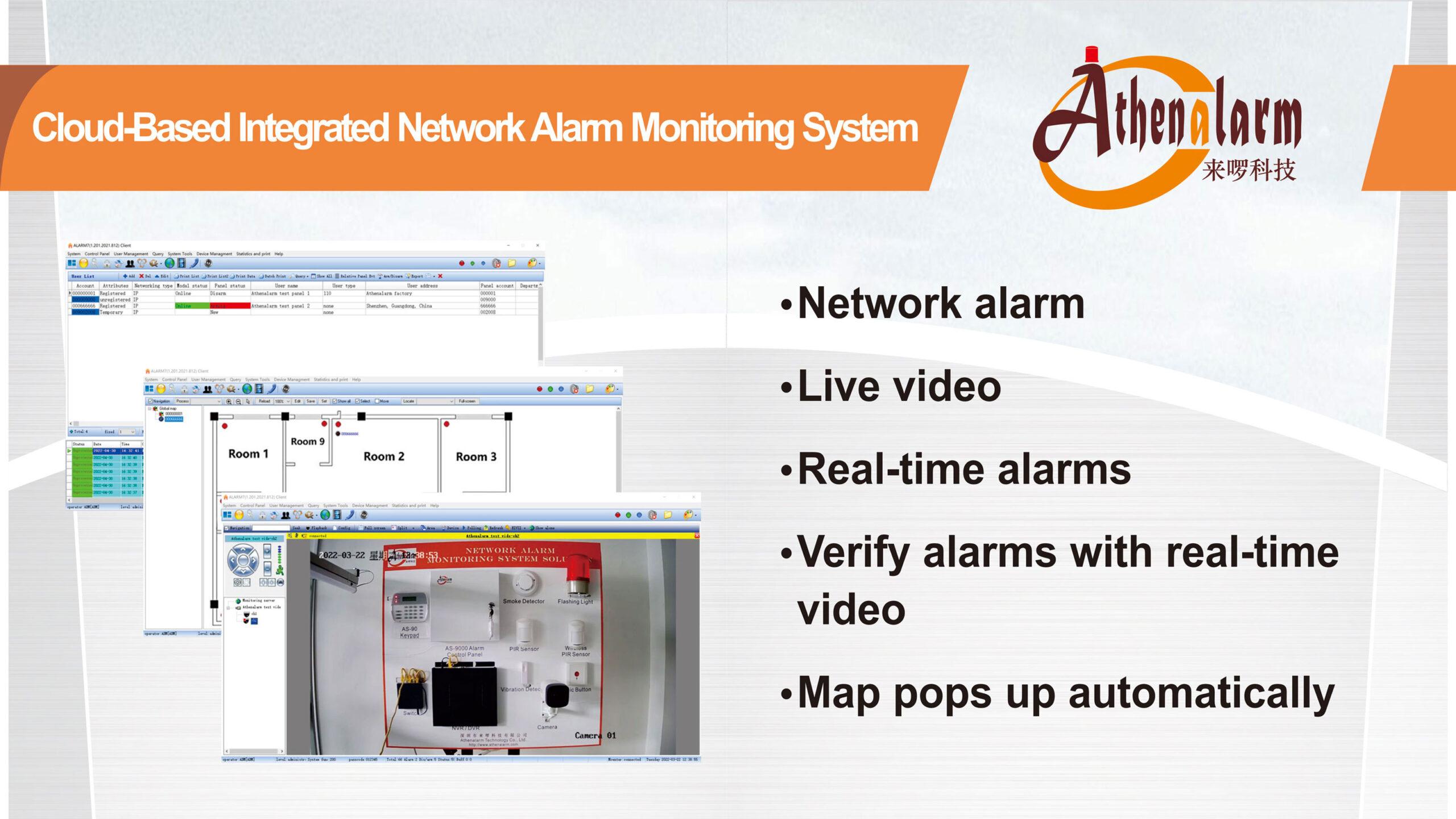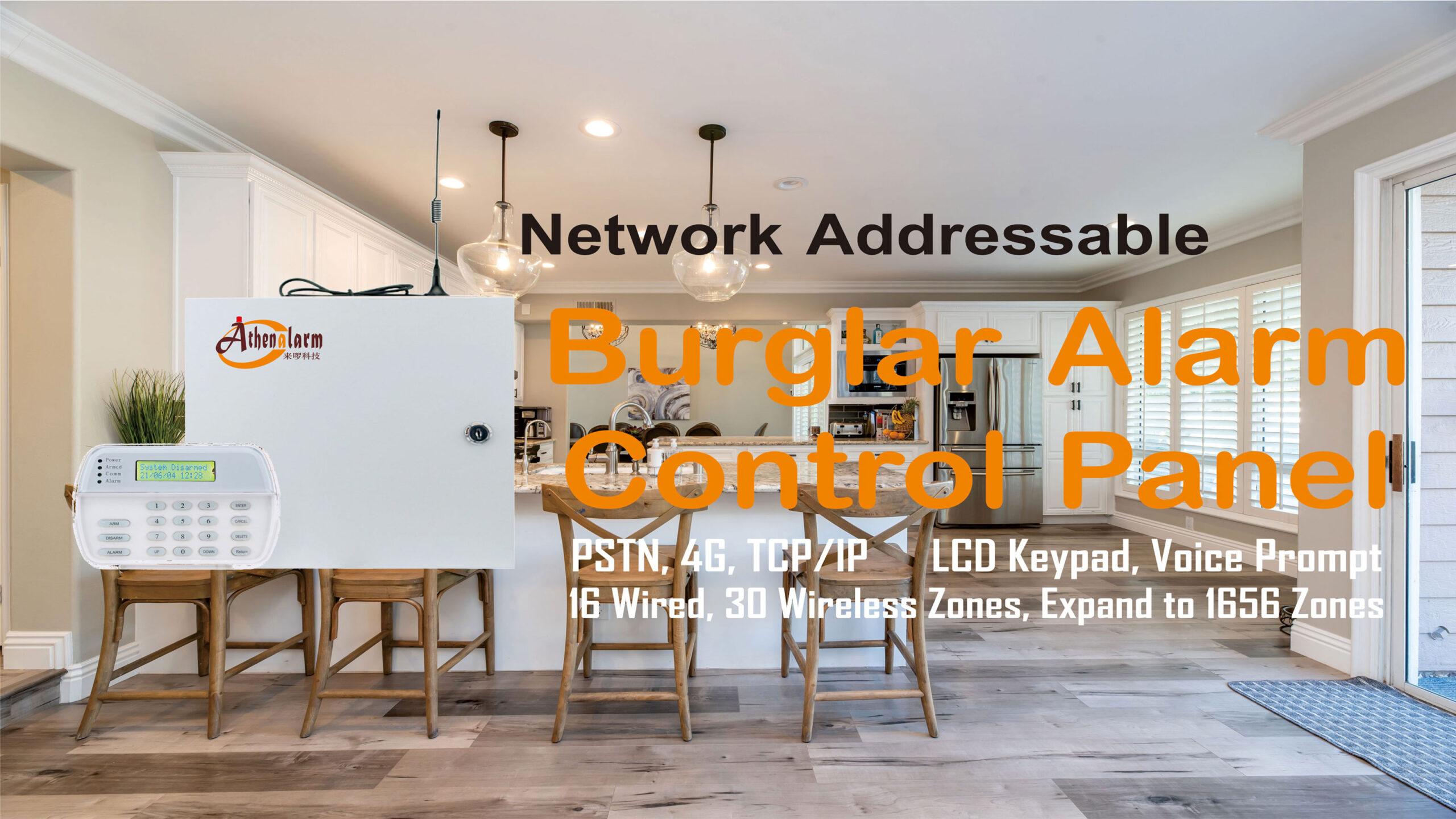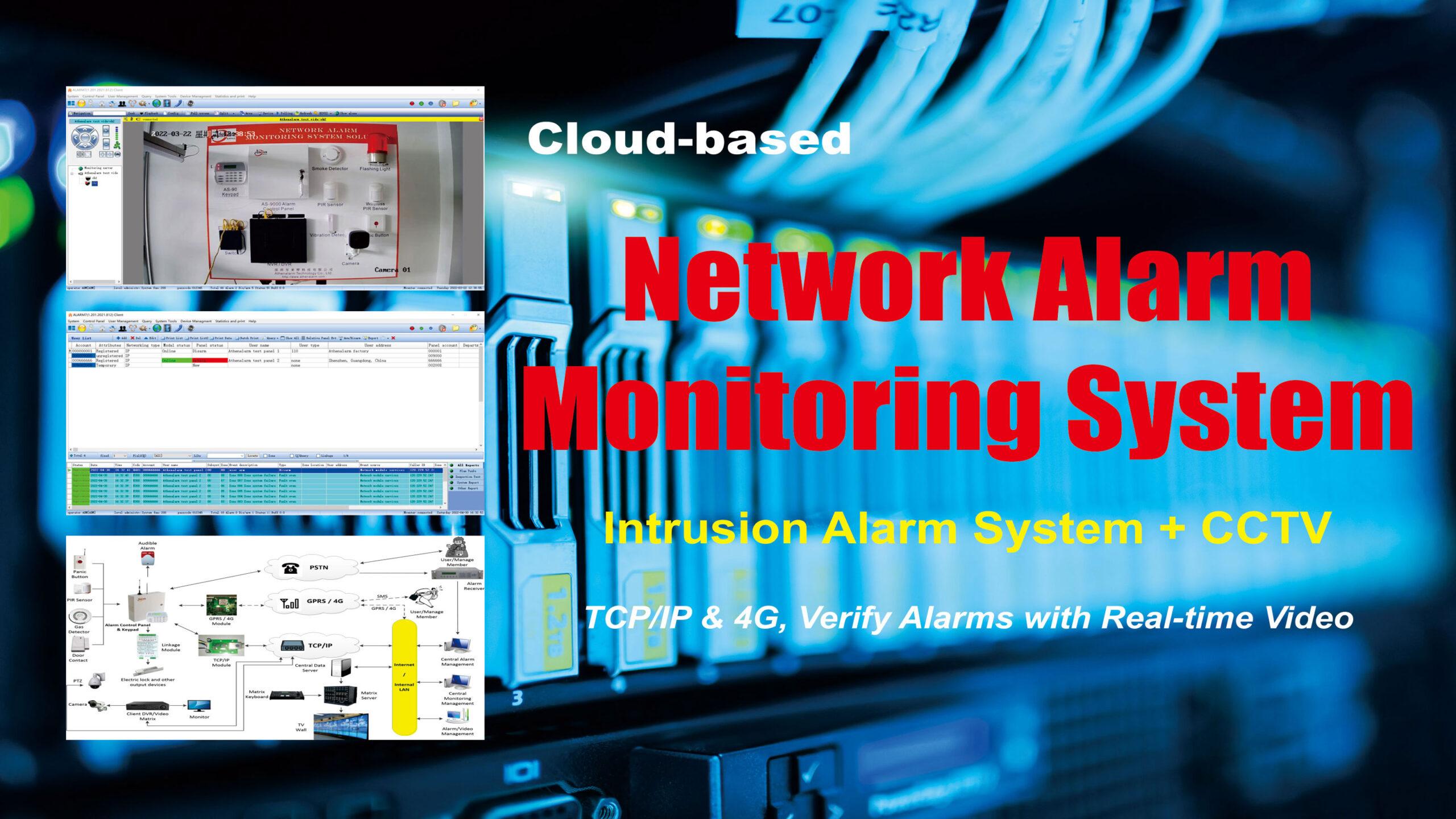



The Principle and Features of Network Alarm System
Network alarm is to use telephone line (PSTN), Internet (TCP/IP), wireless network (GSM, GPRS, 4G) and other communication networks, combined with modern electronic burglar alarm equipment, to provide users with economical convenience, and alarm center (24 hours manned) network alarm service. It solves the maintenance and post-alarm response problems that cannot be solved by the traditional alarm system built by users themselves, and its huge social effect is gradually recognized by everyone.
The principle of network alarm system
The alarm core equipment consists of an alarm module, a wireless/wired module and a power adapter module. The alarm control panel realizes the signal interaction with the detector through the wireless/wired module. After the alarm control panel receives the alarm signal from the detector, it automatically calls the alarm center to report the alarm information through the alarm module.
In addition, the alarm control panel which integrates or connects with the sound and light alarm realize on-site alarm through a special interface.
When the client alarm control panel (including various sensors and cameras such as PIR motion sensors, door contacts, smoke detectors, panic buttons, etc.) alarms, it will quickly send the alarm or live video images through the public switching telephone network, POST/ internet to the alarm receiving center. The alarm information will automatically pop up on the alarm receiving computer. And the personnel of the alarm receiving center will dispatch patrol officers or the linkage command center to dispatch the police.
The features of network alarm system
- Turn the after-event handling of cases into safety precautions to reduce the occurrence of social security cases.
- It has strong background support capabilities (alarm monitoring system, community patrol and other public security system support).
- Through video review, it can be determined whether it is a false alarm, avoiding false alarms and waste of security resources.
- The security officers in the command center are on call 24 hours a day.
- Deploy security resources such as personnel and vehicles at key locations, and provide security services 24 hours a day.
